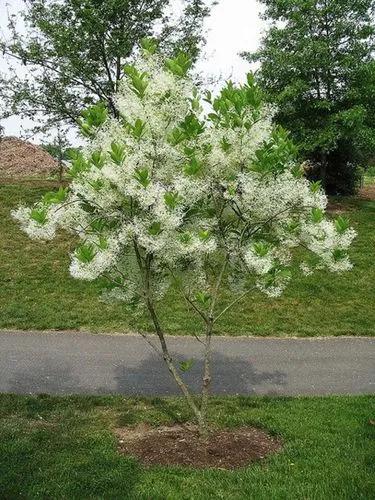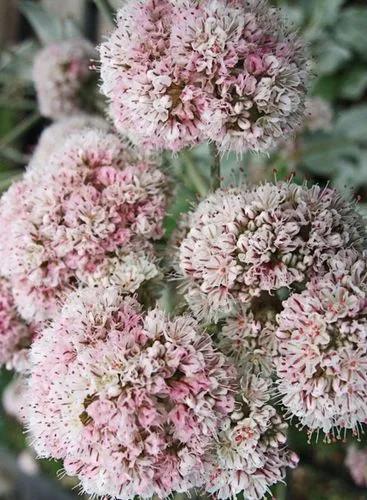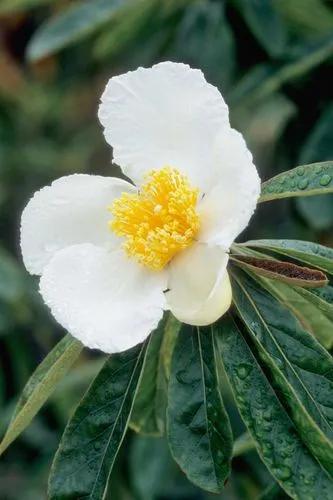Crataegus marshallii is a species of hawthorn known by the common name parsley hawthorn. It is native to the southeastern United States. The leaves of C. marshallii are finely dissected and decorative. The dainty flowers, small red fruit, and beautiful bark add to the ornamental value of this species. In 1803, Michaux published the name Crataegus apiifolia for this American species, but that name is considered illegitimate.
Parsley Hawthorn Care
Crataegus Marshallii



Crataegus is Greek for "a kind of thorn." The word stems from the ancient Greek name Krataigos, which the Greek philosopher Theophrastus used to describe a thorny flowering plant. It is a combination of the Greek words kratus meaning "strong," and akakia or akis meaning "thorn." This small native tree grows up to 20 feet tall and can be found in open to partially shaded areas along the moist edges or slopes of floodplains, river banks, and wet woodlands throughout the southeastern United States. Its leaves are simple, alternate, grow from ¾ to 2 inches long, and appear on slender stalks. The broadly ovate leaves are nearly hairless with 5 to 7 short pointed lobes and serrated (or toothed) edges. The topside of the leaf is shiny and the underside is a pale green, turning red and purple in autumn. The smooth, thin, thorny stems are gray with mottles of brown, which peel off in patches. The small flowers of this tree are approximately 5/8 of an inch wide, with 5 white petals and (usually) 10 red and white stamens. In the spring, flowers grow in clusters on long hairy stalks. By autumn the oblong, bright red haw (similar to a pome) ripens to about 1/3 inch in diameter and persists until the winter.White tailed deer are attracted to parsley hawthorn because they enjoy browsing on the foliage. Game birds, game animals, songbirds, and rodents use the fruits as a food source, particularly during the winter months, and many song birds use this tree for shelter and nesting.
How to Care for the Plant

Popularity

176 people already have this plant 11 people have added this plant to their wishlists
Discover more plants with the list below
Popular articles






